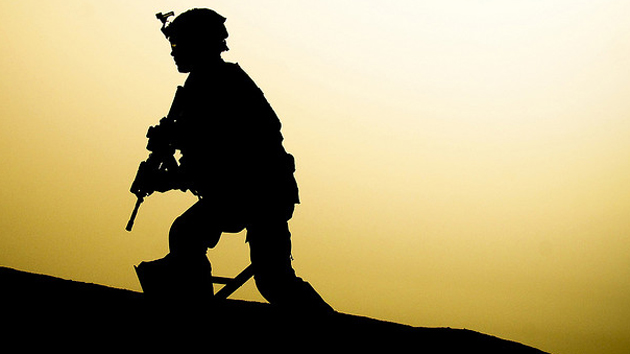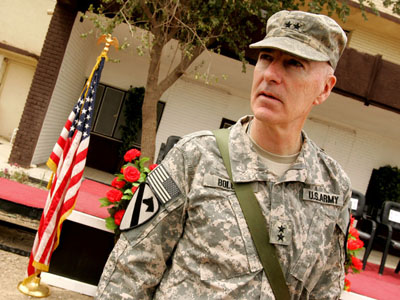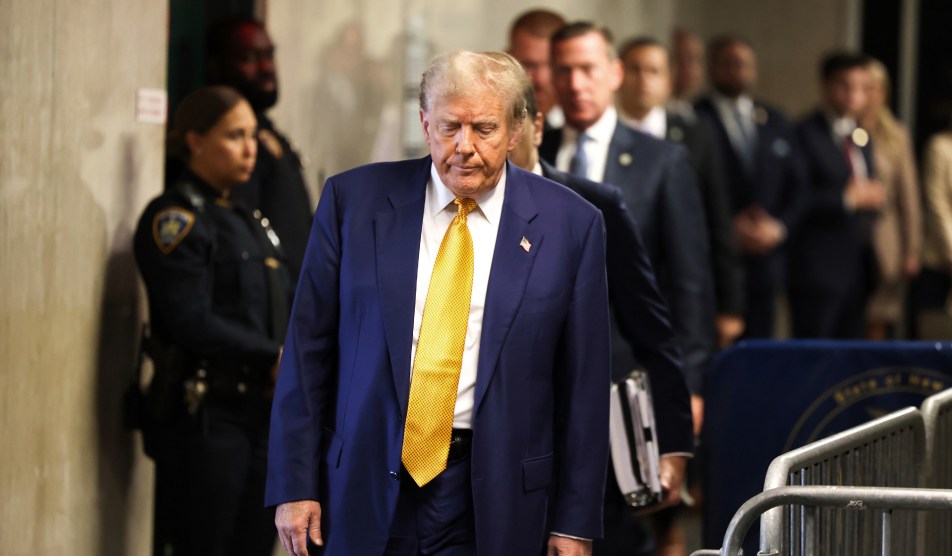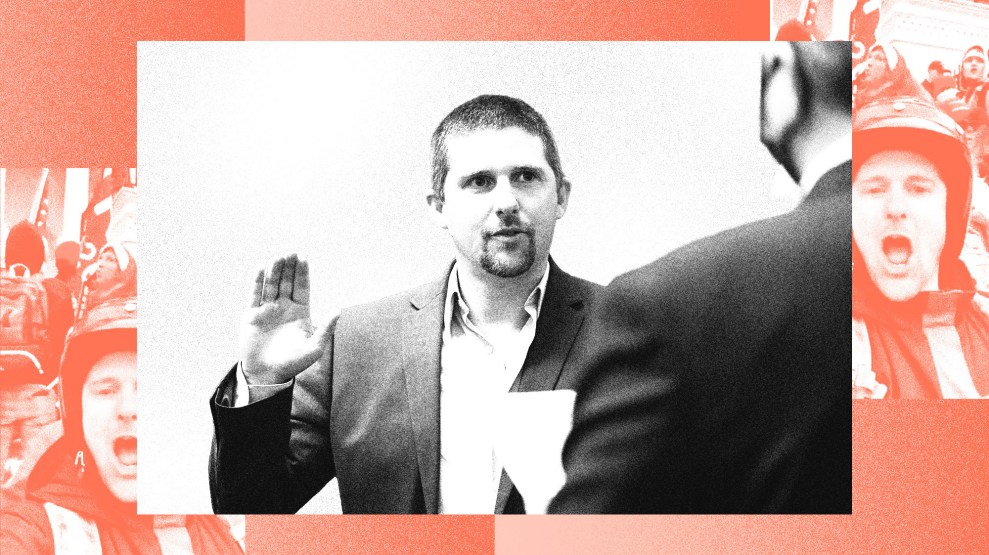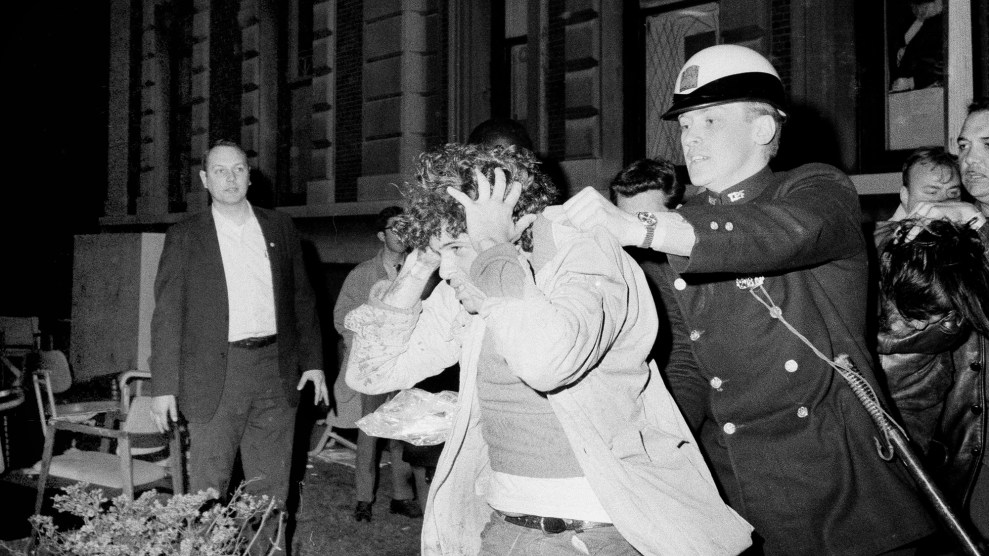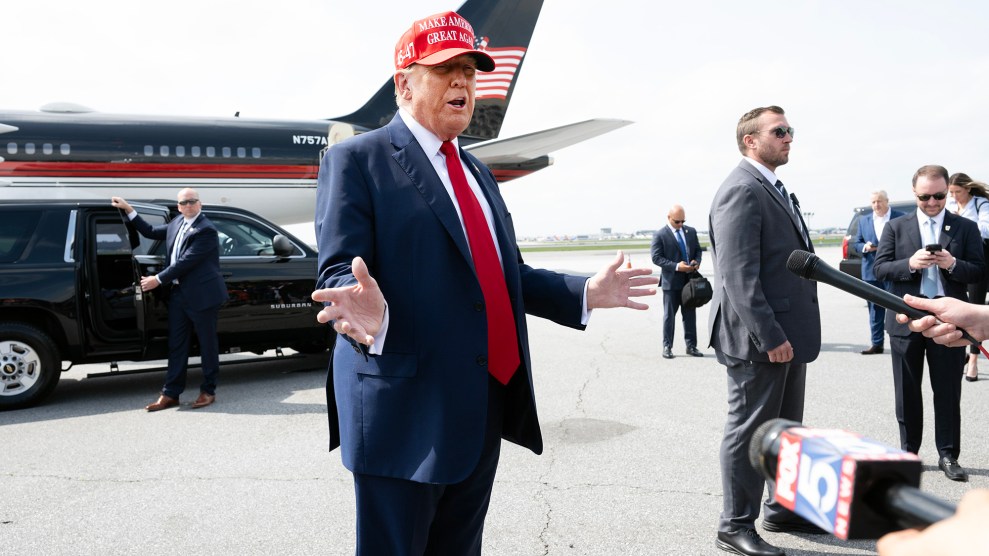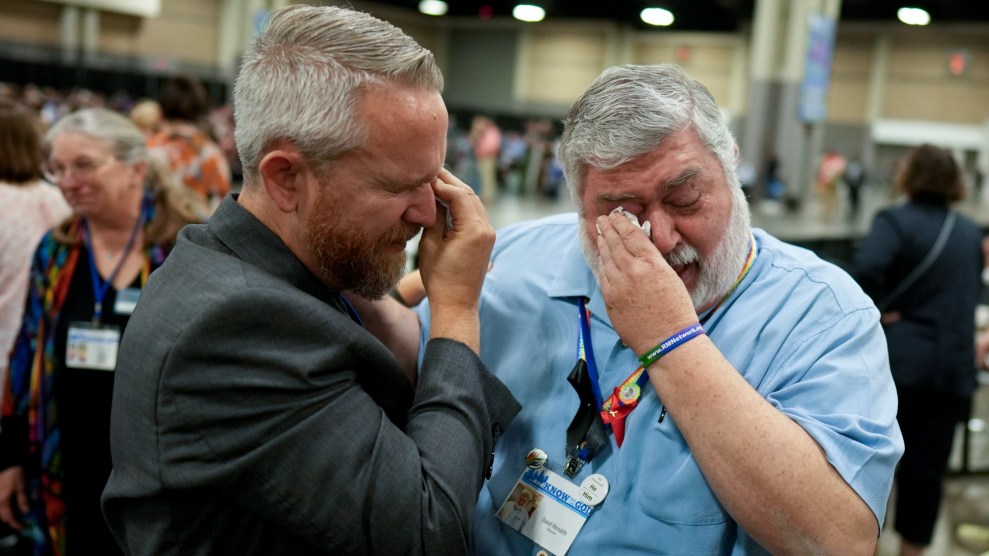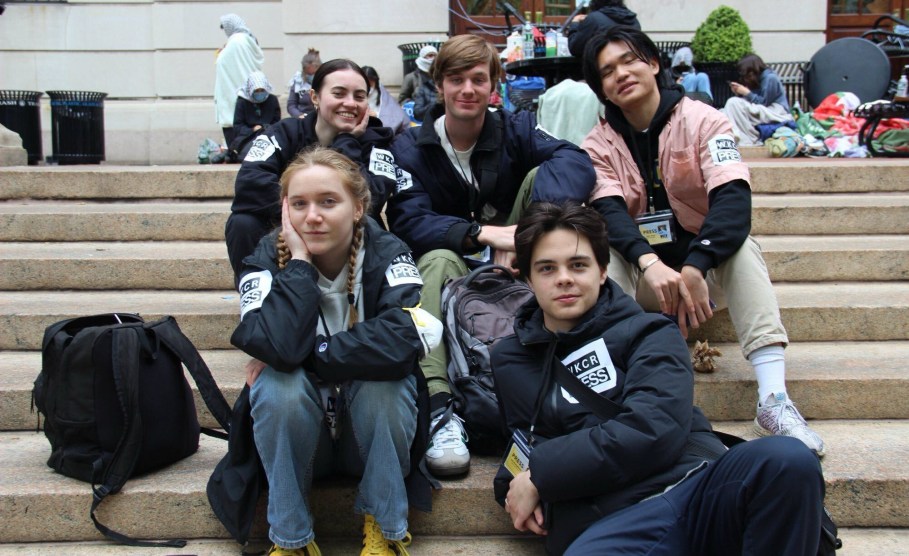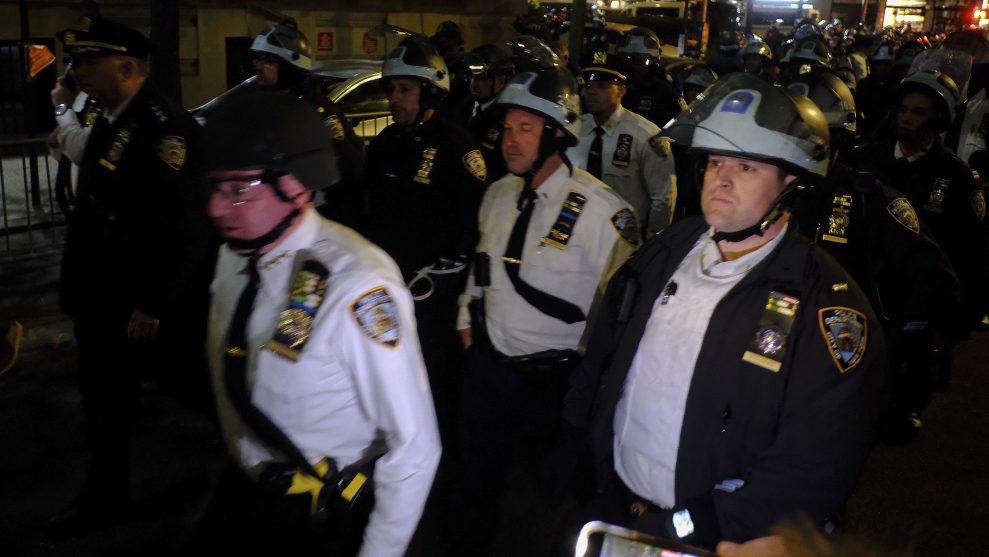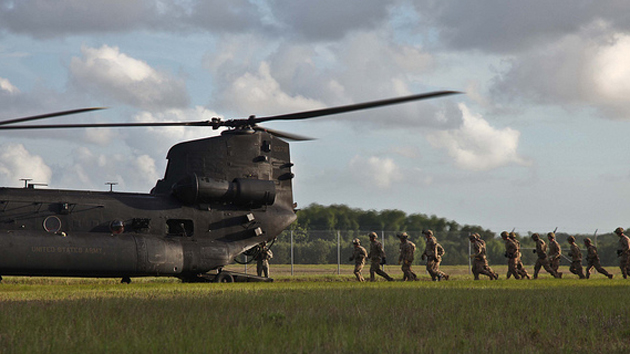
<a href="https://www.flickr.com/photos/soldiersmediacenter/14490938362/">Coty Kuhn</a>/Flickr
This story first appeared on the TomDispatch website.
In December 2002, finishing the introduction to his as-yet-unpublished book The Unconquerable World: Power, Nonviolence, and the Will of the People, Jonathan Schell wrote that the twentieth century was the era in which violence outgrew the war system that had once housed it and became “dysfunctional as a political instrument. Increasingly, it destroys the ends for which it is employed, killing the user as well as his victim. It has become the path to hell on earth and the end of the earth. ![]() This is the lesson of the Somme and Verdun, of Auschwitz and Bergen-Belsen, of Vorkuta and Kolyma; and it is the lesson, beyond a shadow of a doubt, of Hiroshima and Nagasaki.” More than a decade later, that remains a crucial, if barely noticed, lesson of our moment. Jonathan Schell died this March, but he left behind a legacy of reporting and thinking—from The Real War and The Fate of the Earth to The Unconquerable World—about just how, as the power to destroy ratcheted up, war left its traditional boundaries, and what that has meant for us (as well as, potentially, for worlds to come). In The Unconquerable World, published just before the Bush invasion of Iraq, he went in search of other paths of change, including the nonviolent one, and in doing so he essentially imagined the Arab Spring and caught the essence of both the horrors and possibilities available to us in hard-headed ways that were both prophetic and moving. Today, partly in honor of his memory (and my memory of him) and partly because I believe his sense of how our world worked then and still works was so acute, this website offers a selection from that book. Consider it a grim walk down post-9/11 Memory Lane, a moment when Washington chose force as its path to… well, we now know (as Schell foresaw then) that it was indeed a path to hell.
This is the lesson of the Somme and Verdun, of Auschwitz and Bergen-Belsen, of Vorkuta and Kolyma; and it is the lesson, beyond a shadow of a doubt, of Hiroshima and Nagasaki.” More than a decade later, that remains a crucial, if barely noticed, lesson of our moment. Jonathan Schell died this March, but he left behind a legacy of reporting and thinking—from The Real War and The Fate of the Earth to The Unconquerable World—about just how, as the power to destroy ratcheted up, war left its traditional boundaries, and what that has meant for us (as well as, potentially, for worlds to come). In The Unconquerable World, published just before the Bush invasion of Iraq, he went in search of other paths of change, including the nonviolent one, and in doing so he essentially imagined the Arab Spring and caught the essence of both the horrors and possibilities available to us in hard-headed ways that were both prophetic and moving. Today, partly in honor of his memory (and my memory of him) and partly because I believe his sense of how our world worked then and still works was so acute, this website offers a selection from that book. Consider it a grim walk down post-9/11 Memory Lane, a moment when Washington chose force as its path to… well, we now know (as Schell foresaw then) that it was indeed a path to hell.
The Path to a New 1914?
How America Chose War After 9/11
—By Jonathan Schell
[This essay is slightly adapted from Jonathan Schell’s 2003 book, The Unconquerable World: Power, Nonviolence, and the Will of the People, and appears at TomDispatch.com with the kind permission of its publisher, Metropolitan Books.]
Then came the attack of September 11th. Like the starting gun of a race that no one knew he was to run, this explosion set the pack of nations off in a single direction—toward the trenches. Although the attack was unaccompanied by any claim of authorship or statement of political goals, the evidence almost immediately pointed to al-Qaeda, the radical Islamist, terrorist network, which, though stateless, was headquartered in Afghanistan and enjoyed the protection of its fundamentalist Islamic government. In a tape that was soon shown around the world, the group’s leader, Osama bin Laden, was seen at dinner with his confederates in Afghanistan, rejoicing in the slaughter.
Historically, nations have responded to terrorist threats and attacks with a combination of police action and political negotiation, while military action has played only a minor role. Voices were raised in the United States calling for a global cooperative effort of this kind to combat al-Qaeda. President Bush opted instead for a policy that the United States alone among nations could have conceivably undertaken: global military action not only against al-Qaeda but against any regime in the world that supported international terrorism.
The president announced to Congress that he would “make no distinction between the terrorists who commit these acts and those who harbor them.” By calling the campaign a “war,” the administration summoned into action the immense, technically revolutionized, post-Cold War American military machine, which had lacked any clear enemy for over a decade. And by identifying the target as generic “terrorism,” rather than as al-Qaeda or any other group or list of groups, the administration licensed military operations anywhere in the world.
In the ensuing months, the Bush administration continued to expand the aims and means of the war. The overthrow of governments—”regime change”—was established as a means for advancing the new policies. The president divided regimes into two categories—those “with us” and those “against us.” Vice President Cheney estimated that al-Qaeda was active in 60 countries. The first regime to be targeted was of course al-Qaeda’s host, the government of Afghanistan, which was overthrown in a remarkably swift military operation conducted almost entirely from the air and without American casualties.
Next, the administration proclaimed an additional war goal—preventing the proliferation of weapons of mass destruction. In his State of the Union speech in January 2002, the president announced that “the United States of America will not permit the world’s most dangerous regimes to threaten us with the world’s most destructive weapons.” He went on to name as an “axis of evil” Iraq, Iran, and North Korea—three regimes seeking to build or already possessing weapons of mass destruction. To stop them, he stated, the Cold War policy of deterrence would not be enough—”preemptive” military action would be required, and preemption, the administration soon specified, could include the use of nuclear weapons.
Beginning in the summer of 2002, the government intensified its preparations for a war to overthrow the regime of Saddam Hussein in Iraq, and in the fall, the president demanded and received a resolution from the Security Council of the United Nations requiring Iraq to accept the return of U.N. inspectors to search for weapons of mass destruction or facilities for building them. Lists of other candidates for “regime change” began to surface in the press.
Leaving Cooperative Action Behind
In this way, the war on terror grew to encompass the most important geopolitical issue facing the world: the disposition of nuclear weapons in the second nuclear age. The Clinton administration had already answered the question regarding American possession of nuclear weapons: even in the absence of the Soviet Union, the United States planned to hold on to its nuclear arsenal indefinitely.
In 2002, the Bush administration gave an answer to the question regarding nonproliferation, which throughout the nuclear age had been dealt with exclusively by diplomacy and negotiation, or, on occasion, economic sanctions. The new answer was force. Nuclear disarmament was to be achieved by war and threats of war, starting with Iraq. One complementary element of the new policy, embraced long before September 11th, was the decision to build a national missile defense system to protect the United States against nuclear attack by “rogue nations.” But the fundamental element was a policy of preemptive war, or “offensive deterrence.”
This momentous shift in nuclear policy called, in addition, for programs to build new nuclear weapons and new delivery vehicles; confirmed new missions for nuclear weapons—retaliation for chemical or biological attacks, attacking hardened bunkers unreachable by other weapons—in the post-Cold War world; and listed seven countries (Russia, China, North Korea, Iraq, Iran, Libya, and Syria) for which contingency plans for nuclear attack should be considered. To achieve all these aims, nuclear and conventional, the president asked for an increase in military spending of $48 billion—a sum greater than the total military spending of any other nation.
The sharp turn toward force as the mainstay of the policies of the United States was accompanied by a turn away from treaties and other forms of cooperation. Even before September 11th, the trend had been clear. Now it accelerated. The Bush administration either refused to ratify or withdrew from most of the principal new international treaties of the post-Cold War era. In the nuclear arena alone, the administration refused to submit to the Senate for ratification the Comprehensive Test Ban Treaty, which would have added a ban on underground tests to the existing bans on testing in the air; withdrew from the A.B.M. Treaty, which had severely limited Russian and American deployment of antinuclear defensive systems; and jettisoned the START negotiations as the framework for nuclear reductions with Russia—replacing them with the Strategic Offensive Reduction Agreement, a three-page document requiring two-thirds of the strategic weapons of both sides to be removed from their delivery vehicles, but then stored rather than dismantled.
 In addition, the Bush administration withdrew from the Kyoto Protocol of the United Nations Framework Convention on Climate Change, which had become the world’s principal forum for making decisions about reducing emissions that cause global warming; refused to ratify the Rome treaty establishing an international criminal court; and declined to agree to an important protocol for inspection and enforcement of a U.N. convention banning biological weapons.
In addition, the Bush administration withdrew from the Kyoto Protocol of the United Nations Framework Convention on Climate Change, which had become the world’s principal forum for making decisions about reducing emissions that cause global warming; refused to ratify the Rome treaty establishing an international criminal court; and declined to agree to an important protocol for inspection and enforcement of a U.N. convention banning biological weapons.
The consequences of this revolution in American policy rippled through the world, where it found ready imitators. On December 12th, the Indian Parliament was attacked by terrorists whom India linked to Pakistan. Promptly, nuclear-armed India, citing the American policy of attacking not only terrorists but any state that harbored them, moved half a million men to the border of nuclear-armed Pakistan, which responded in kind, producing the first full-scale nuclear crisis of the twenty-first century.
In South Asia, nuclearization did not produce the cautionary effects that the theorists of deterrence expected. High Indian officials openly threatened Pakistan with annihilation. Rajnath Singh, the minister for the state of Uttar Pradesh, declared, “If Pakistan doesn’t change its ways, there will be no sign of Pakistan left,” and when India’s army chief, General S. Padmanabhan, was asked how India would respond if attacked with a nuclear weapon, he answered that “the perpetrator of that particular outrage shall be punished so severely that their continuation thereafter in any form of fray will be doubtful.” In Pakistan, the dictator General Pervez Musharraf stated that, in the event of an Indian conventional invasion of Pakistan, “as a last resort, the atom bomb is also possible.” In March 2002, Israel, citing the same American precedent and calling for US support for its policy on this basis, responded to Palestinian suicide bombings by launching its own “war on terrorism”—a full-scale attack on the Palestinian Authority on the West Bank.
The revolution in American policy had been precipitated by September 11th, but went far beyond any war on terror. It remained to give the policy comprehensive doctrinal expression, which came in an official document, “The National Security Strategy of the United States of America,” issued in September 2002. In the world, it stated, only one economic and political system remained “viable”: the American one of liberal democracy and free enterprise. The United States would henceforth promote and defend this system by the unilateral use of force—preemptively, if necessary. The United States, the president said, “has, and intends to keep, military strengths beyond challenge, thereby making the destabilizing arms races of other eras pointless, and limiting rivalries to trade and other pursuits of peace.”
In other words, the United States reserved the entire field of military force to itself, restricting other nations to humbler pursuits. In the words of the “National Security Strategy,” “Our forces will be strong enough to dissuade potential adversaries from pursuing a military build-up in hopes of surpassing, or equaling, the power of the United States.” If the United States was displeased with a regime, it reserved the right to overthrow it—to carry out “regime change.” “In the world we have entered,” President Bush has said, “the only path to safety is the path of action. And this nation will act.”
Niagara
A policy of unchallengeable military domination over the earth, accompanied by a unilateral right to overthrow other governments by military force, is an imperial, an Augustan policy. It marks a decisive choice of force and coercion over cooperation and consent as the mainstay of the American response to the disorders of the time. If wars of self-determination and other kinds of local and regional mayhem multiply and run out of control; if the wealthy and powerful use globalization to systematize and exacerbate exploitation of the poor and powerless; if the poor and the powerless react with terrorism and other forms of violence; if the nuclear powers insist on holding on to and threatening to use their chosen weapons of mass destruction; if more nations then develop nuclear or biological or chemical arsenals in response and threaten to use them; if these weapons one day fall, as seems likely, into the hands of terrorists; and if the United States continues to pursue an Augustan policy, then the stage will be set for catastrophe.
Each of these possibilities represents a path of least resistance. Local and regional conflicts have been the way of the world since history began. The spread of nuclear- as well as biological- and chemical-weapon know-how is an automatic function of technical progress, and the spread of nuclear arsenals is a self-feeding process of action and reaction. Continued possession of nuclear weapons by those who already have them is the path of inertia, of deep sleep. The imperial temptation for the United States is the path of arrogance and ignorance.
At the intersection of these tendencies is a Niagara higher and more violent than the one that a heartbroken Henry James lived to witness in 1914. It is of course impossible to predict how and where history might again go over the precipice. It could be nuclear war in South Asia, bringing the deaths of tens of millions of people. It could be the annihilation of one or several cities in the United States in a nuclear terrorist attack, or the loss of millions in a smallpox attack. It could be a war spinning out of control in the Middle East, leading by that route to the use of weapons of mass destruction in the Middle East. It could be war in Korea, or between the United States and China over Taiwan. It could even be—hard as it is to imagine now—intentional or semi-intentional nuclear war between Russia and the United States in some future crisis that we cannot foresee but cannot rule out, either. Or it could be—is even likely to be—some chain of events we are at present incapable of imagining.
After September 11th, people rightly said that the world had changed forever. Before that event, who could have predicted the galloping transformation of the politics of the United States and the world, the escalating regional crises, the vistas of perpetual war? Yet the use of just one nuclear weapon could exceed the damage of September 11th ten-thousandfold.
Would the global economy plunge into outright depression? Would the people of the world flee their menaced cities? Would anyone know who the attacker was? Would someone retaliate—perhaps on a greater scale? Would the staggering shock bring the world to its senses? Would the world at that moment of unparalleled panic and horror react more wisely and constructively than it has been able to do in a time of peace, in comparative calm, or would it fall victim to an incalculable cycle of fear, confusion, hatred, hostility, and violence, both between nations and within them, as it did after 1914—but this time, in all likelihood, far more swiftly and with incomparably direr consequences? In the face of these questions, predictive powers dim. But attempts at prophecy are in any case the wrong response. Decisions are required.
A New 1914?
The escalation of violence around the world has been so rapid since September 11, 2001, that this day may appear already to have been the August 1914 of the twenty-first century. The parallels are striking. In 2001 as in 1914 a period of political liberalization, economic globalization, and peace (at least in the privileged zones of the planet) was summarily ended by a violent explosion. The fundamental decision now, as it was then, is between force and peaceful means as the path to safety, and the world seems to have made a decision for force.
Again, observers have been compelled, as Henry James was in 1914, to recognize that the immediate past has been a time of illusion—a time when the world was heading toward a precipice but did not know it, or did not care to know it. Again, an unpredictable chain of violent events has been set in motion—some today have even said that a “third world war” is upon us.
And yet, since history does not repeat itself, the analogy between 1914 and 2001, like all measurements of the present with yardsticks from the past, is useful only for querying events, not for predicting them. There are equally important differences between the two moments, some of them obvious, others less so. In 1914, the great powers’ preparations for war were complete. The arms were piled high, the troops massed, the war plans mapped out in detail, the mobilization schedules fixed, the treaties of alliance signed and sealed. Even before the first shot was fired, the whole of the long war to come lay waiting in the file cabinets of the chanceries of Europe, needing only the right incident to spring to life. And when that incident came and the armies were hurled across the borders, no power on earth, including the governments involved, could call them back until the war had run its full bloody course.
Our moment, by contrast, is one of exceptional unpredictability and fluidity. No inexorable timetables or web of alliances among great powers threaten to drag everyone together into a new abyss. The unexpected—new crises, abrupt developments, sudden opportunities—is the order of the day. The strength of the forces that attacked on September 11th is unclear, and appears likely to wax or wane in response to events. The Bush administration has announced a series of wars that it may decide to fight, but there will be points of decision at every step along the way.
Developments in the field can quickly alter political opinion at home. The proliferation of weapons of mass destruction can inhibit as well as provoke war. Elections can bring new people to power. Other countries are watching and waiting, uncertain where and how to bring the weight of their influence to bear. The effect of a series of wars, if such occur, on global economic integration is unknown, and huge uncertainties shadow the economic scene.
As shocking as September 11th was, it was not a decisive catastrophe, but rather a warning. No irrevocable decision has in fact been made. The scope for choice remains unusually large, and the new cycle of violence can still be broken or reversed, and new policies adopted. Seen narrowly, September 11th posed the specific question of how the United States and the civilized world should deal with a global terrorist network ready to commit any crime within its power. That question requires all the urgent attention and action that it is receiving.
At the same time, I submit, we should be asking what the larger and more fundamental decisions for policy may be. If we take this broader approach, the profound changes that have occurred in the character of violence, politics, and power over the last century will command our attention. In 1918 and 1945, a decision in favor of coercive power clearly meant in practice choosing the old war system, and a decision in favor of cooperative power meant choosing to create ex nihilo a Wilsonian system of global collective security based on international law. Today, neither of these alternatives is open to us.
Jonathan Schell was a fellow at the Nation Institute and the peace and disarmament correspondent for the Nation magazine. Among many other works, he was the author of The Real War, The Fate of the Earth, and The Unconquerable World: Power, Nonviolence, and the Will of the People from which this excerpt is taken. He died on March 25, 2014.To stay on top of important articles like these, sign up to receive the latest updates from TomDispatch.com here.
